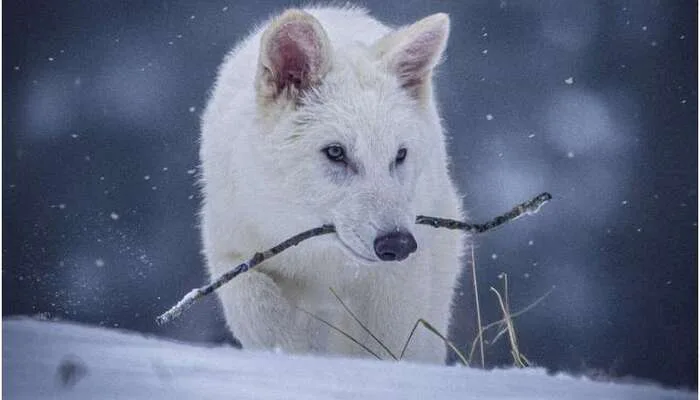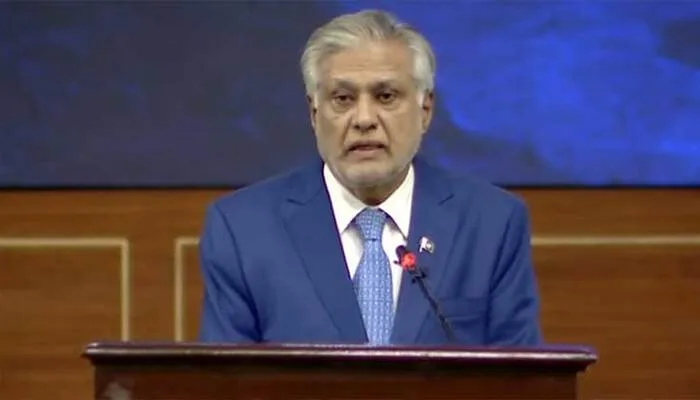Climate change and its records around the globe
the study of meteorology has come a long way, so much so that meteorologists have predicted this harsh winter weather arriving several weeks

The arctic epidemic that has gripped the heartland of the nation for the past week for many, particularly people living in the South, is the kind of cold that only occurs once in a century. There were countless record cold temperatures set. Conditions overloaded the Texas power system, cutting millions of residents off fuel and leaking water pipes, causing a humanitarian disaster.
In the last few decades, the study of meteorology has come a long way, so much so that meteorologists have predicted this harsh winter weather arriving several weeks in advance. That’s because a broad and familiar event that took place in the Arctic at the start of the year, called Abrupt Stratospheric Warming, or SSW, triggered this intense trend.
SSW’s are a common phenomenon that happens every couple of winters in the weeks surrounding them, portraying extreme weather. That’s how it disrupts a swirling mass of cold air, the polar vortex, a semi-permanent weather phenomenon that is active every winter as the Arctic warms rapidly.
More, Cold winds reign in Karachi, temperature drops to 6 degrees Celsius
The jet stream usually winds through the vortex and serves as a kind of lasso, trapping the cold air locked inside. But the jet stream weakens and elongates as it gets warm in the Arctic, causing the cold air to dive south.
Meteorologists saw the extreme pattern coming weeks ahead. How? A Sudden Stratospheric Warming miles above the North Pole (a natural event) with a warmed Arctic due to climate change piggy backing on that pattern = unstable PV & wavy extreme jet stream, with extreme cold & warm. pic.twitter.com/yRmapIFi2c
— Jeff Berardelli (@WeatherProf) February 19, 2021
This allows for the formation of a broad mountain of warm air over the Arctic, temporarily supplanting the cold vortex. The warm mountain, redirecting the jet stream and bitter cold air southward, acts as an atmospheric block.
Also, The Newly Elected US President has chosen a Pakistani as his ‘Climate Advisor’
Consequently, hundreds of daily record lows were set within the later the week and allowed some astonishing sights to catch, just like the frozen waterfall in Arkansas.
It’s magical out there! A completely frozen up Glory Hole Waterfall… from in the Ozarks of Arkansas. #arwx pic.twitter.com/ym11MxdkQ5
— Brian Emfinger (@brianemfinger) February 18, 2021
Also frozen swamps in Louisiana.
Frozen Louisiana – video pic.twitter.com/KtUE0etQhQ
— The duck girl (@Louisianaboater) February 17, 2021
The latest severe weather was not only experienced in the United States but in Saudi Arabia too, when the snow-covered camels, is an unusual view. The weather was extreme all over the globe.
So it is snowing now in Saudi Arabia.
The camels (gamel in Arabic) are not into it.Snow. Saudi Arabia. Let that sink in. pic.twitter.com/0LMUionJNa
— Cali Dreaming NaphiSoc (@NaphiSoc) February 18, 2021
More, Karachi’s weather drops
Extreme cold and hot weather are closely related
Meteorologists expected a wavy jet stream as these two extreme kinds of weather are paired because ‘what goes up must come down’.
There is an equal and opposite reaction as the atmosphere pushes cool air south, pushing warm air north. Weather extremes and the consequences they bring on civilization follow as air masses are displaced into areas they don’t normally visit.
Climate scientists are of the view that climate change does not only increase the risk of sudden stratospheric warming, but climate change itself may have similar consequences in the Arctic, as it is already causing massive warming.












